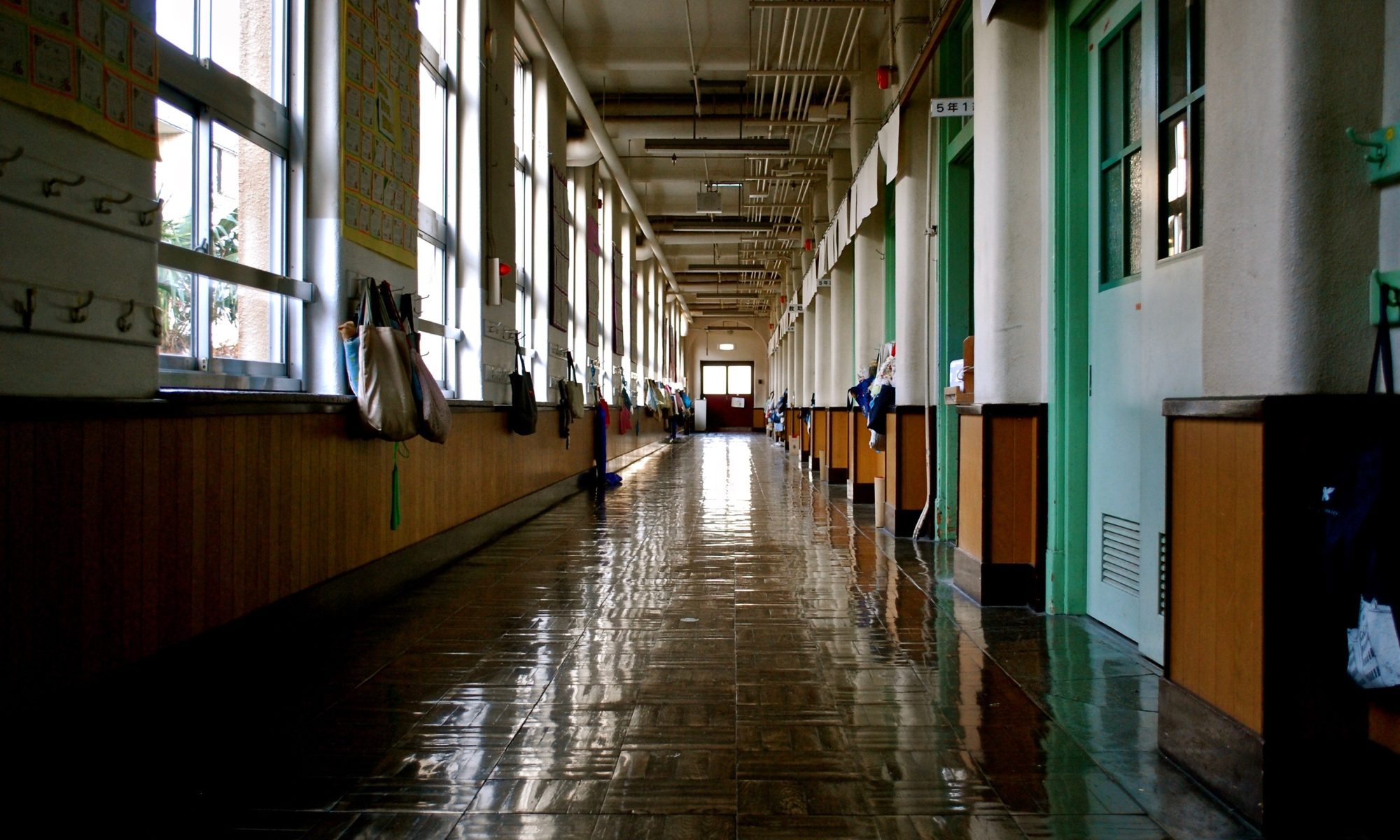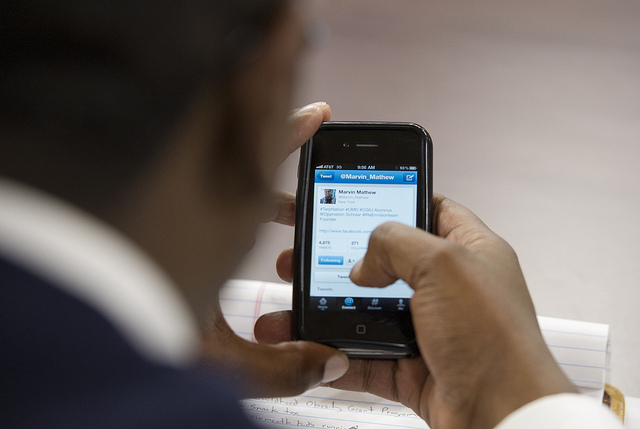**The Edvocate is pleased to publish guest posts as way to fuel important conversations surrounding P-20 education in America. The opinions contained within guest posts are those of the authors and do not necessarily reflect the official opinion of The Edvocate or Dr. Matthew Lynch.** A guest post by Beth Ellor Picture a 5th Grade classroom in Chinatown on New York’s Lower East Side. Twenty-seven mostly Asian children – when I use the classic ‘clap, clap, clap-clap-clap’ signal, they fall silent immediately, eyes on me. Thorough plans from their teacher, including Social Studies – based on a Scholastic News magazine article about …
Continue reading “How should we teach about social justice in a post-(Michael) Brown world?”







